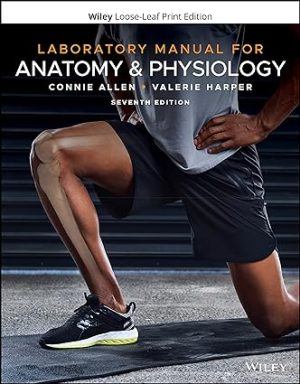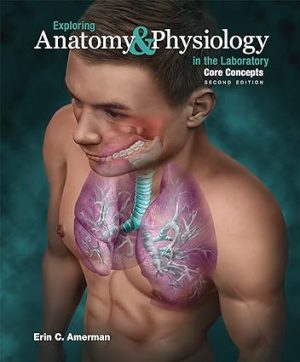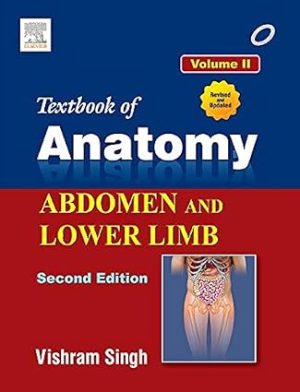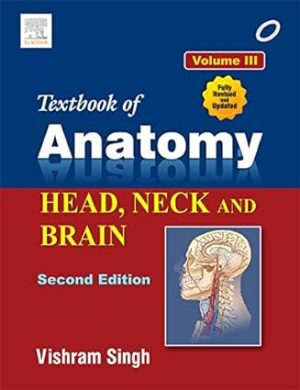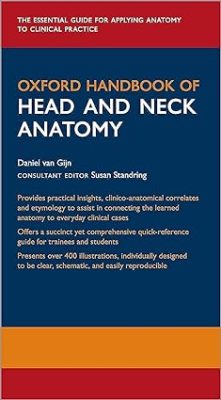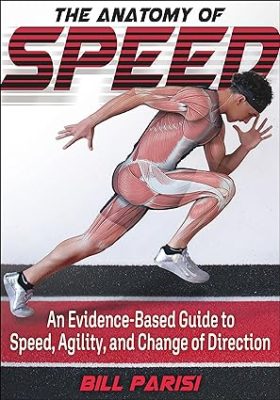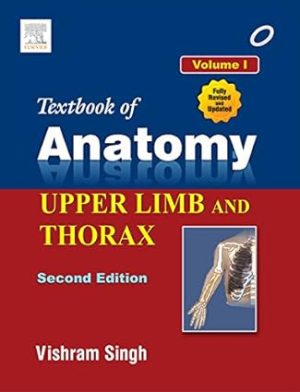
The Second Edition of this Volume is updated in accordance with the syllabus of Anatomy recommended by the Medical Council of India. It covers in detail the anatomy of upper limb and thorax. The anatomy of heart and lungs is co-related cllinically in depth. Following recent trends of anatomy education, the book in addition to basic information provides knowledge on anatomical/embryological/histological basis of clinical conditions through its features — Clinical Correlation and Clinical Case Study. Written in simple and easy-to-understand language, this profusely illustrated book provides knowledge of anatomy without extraneous details – ideal for undergraduate medical and dental students. It is highly recommended for those preparing for various entrance examinations, like PG entrance, USMLE, PLAB, etc.
Salient Features
? Detailed exposition on joints and nerves of the upper limb
??Surgical anatomy of heart and lungs
? Chapters on Bones of the Upper Limb, Pectoral Region, Axilla (Armpit), Arm, Forearm, Elbow and Radio-ulnar Joints, Lungs (Pulmones), Trachea and Esophagus have been revised thoroughly
? Clinical Correlations integrated in the text, highlighting practical application of anatomical facts, have been modified extensively
? Addition of new line diagrams and improvement in earlier diagrams
? Addition of halftone figures to enrich the understanding of clinical correlations
? Inclusion of new tables and flowcharts and revision in earlier tables
? Clinical Case Study at the end of each chapter to initiate interest of students in problem based learning (PBL)
? Additional information of higher academic value presented in a simple way in N.B. to make it more interesting for readers, especially the aspiring postgraduates
? Important facts useful for candidates appearing in various entrance examinations like PGME, USMLE, PLAB, listed under Golden Facts to Remember
? Multiple Choice Questions at the end of the book for self-assessment of the topics studied
DOWNLOAD THIS MEDICAL BOOK

